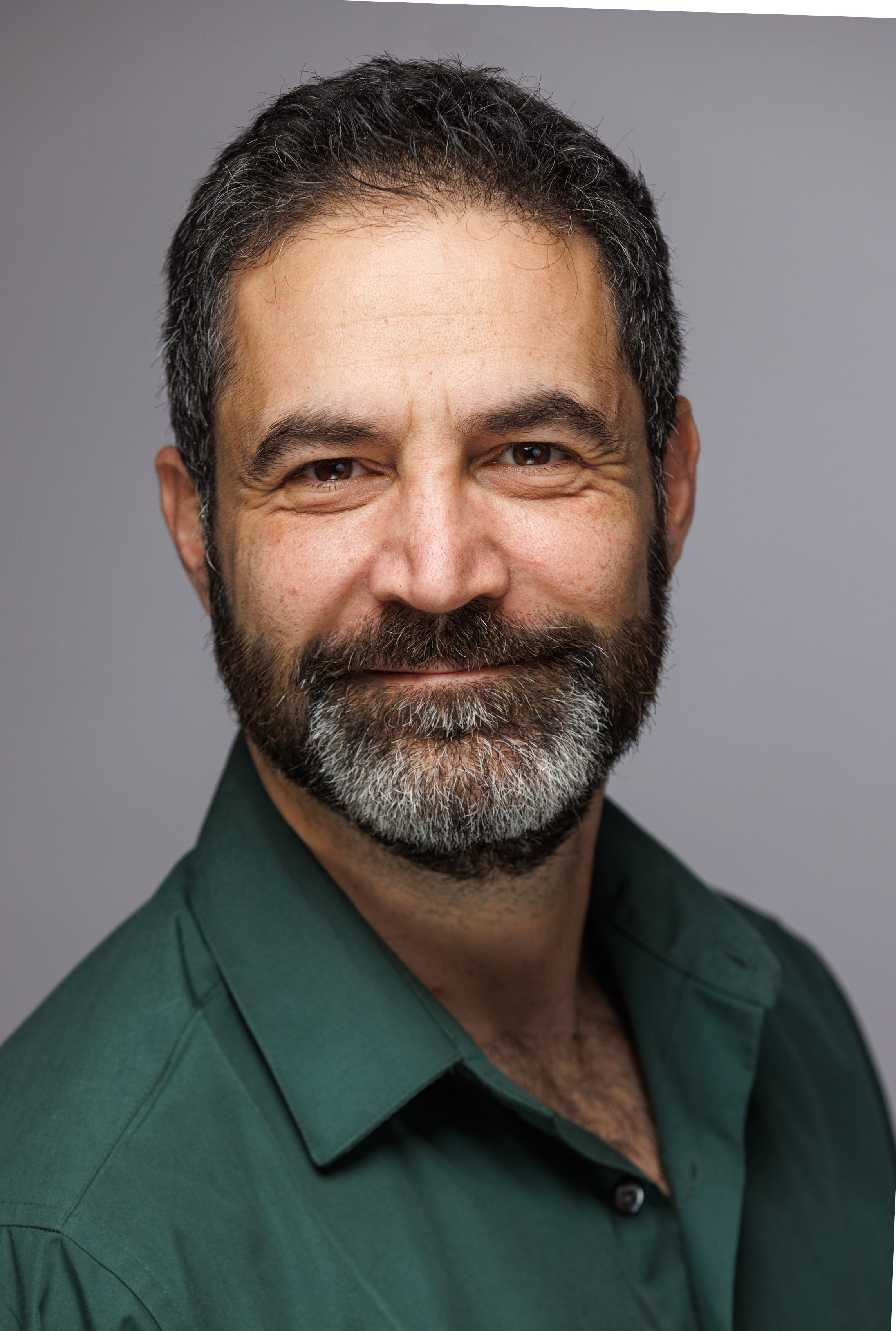ABOUT THIS SITE
This site was written to fulfill a promise: If I ever figured out how to overcome anxiety, I would show others how to do the same. This information is as detailed and accurate as I can make it. It is completely free. It is as close as possible to the information I give my own patients when treating social anxiety. The techniques are also almost identical the ones I use to treat generalized anxiety, panic disorder, and obsessive compulsive disorder.
About This Author

I completed both a Bachelor's Degree of Science in Biology and a Bachelor's Degree of Arts in Psychology during my four years at Stanford University. I earned my medical degree from the University of Pennsylvania School of Medicine, and received my training in adult psychiatry at the UCLA Neuropsychiatric Institute. I subsequently served as a clinical instructor at the UCLA Anxiety Disorders Clinic and the UCLA Interpersonal Psychotherapy Clinic. I am nationally certified in the use of both Cognitive Behavioral Therapy and Interpersonal Psychotherapy.
As of 2020, I have been in practice for 16 years, and I have conducted Cognitive Behavioral Therapy (i.e. the techniques found on this website) in one-on-one treatment with over 800 patients. I have posted a complete version of my resume at www.LApsychiatrist.com.
Levels of Evidence
As much as possible, I have tried to stick with evidence-based techniques (i.e. techniques that have multiple experimental studies behind them). In terms of evidence, Cognitive Behavioral Therapy (which consists of Relaxation Training, Cognitive Therapy, and Gradual Exposures) is the most experimentally-validated therapy in the treatment of anxiety disorders. There are literally hundreds of randomized controlled trials on the effectiveness of these techniques. Assertiveness Training has many studies to support it as well; in particular, in relieving anger and improving subjective well-being.
Please feel free to send me feedback. My email address is: LKiriakos@hotmail.com
How to Use This Site
This website describes the exact same techniques I teach my patients. Try each technique once. If you like it, keep using it. If it doesn’t help, then move on to the next one. After trying all of the techniques, you should find at least three or four that work well for you.
Generally speaking, the technique that appeals to you the most is that one that you should start with. Also, the techniques that works the best for you the first time you try them will also end up being the best for you in general.

